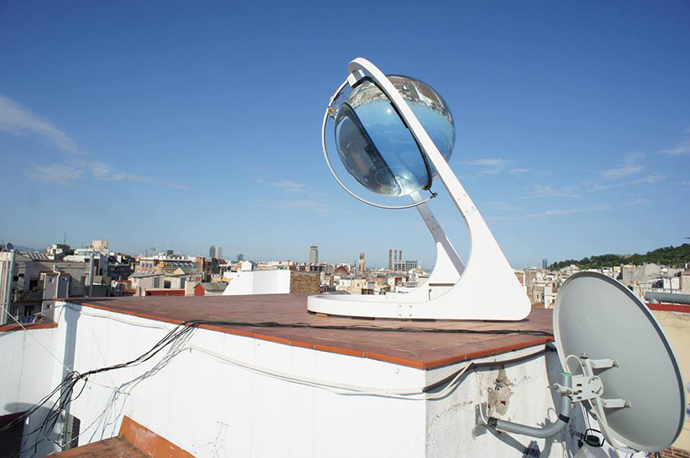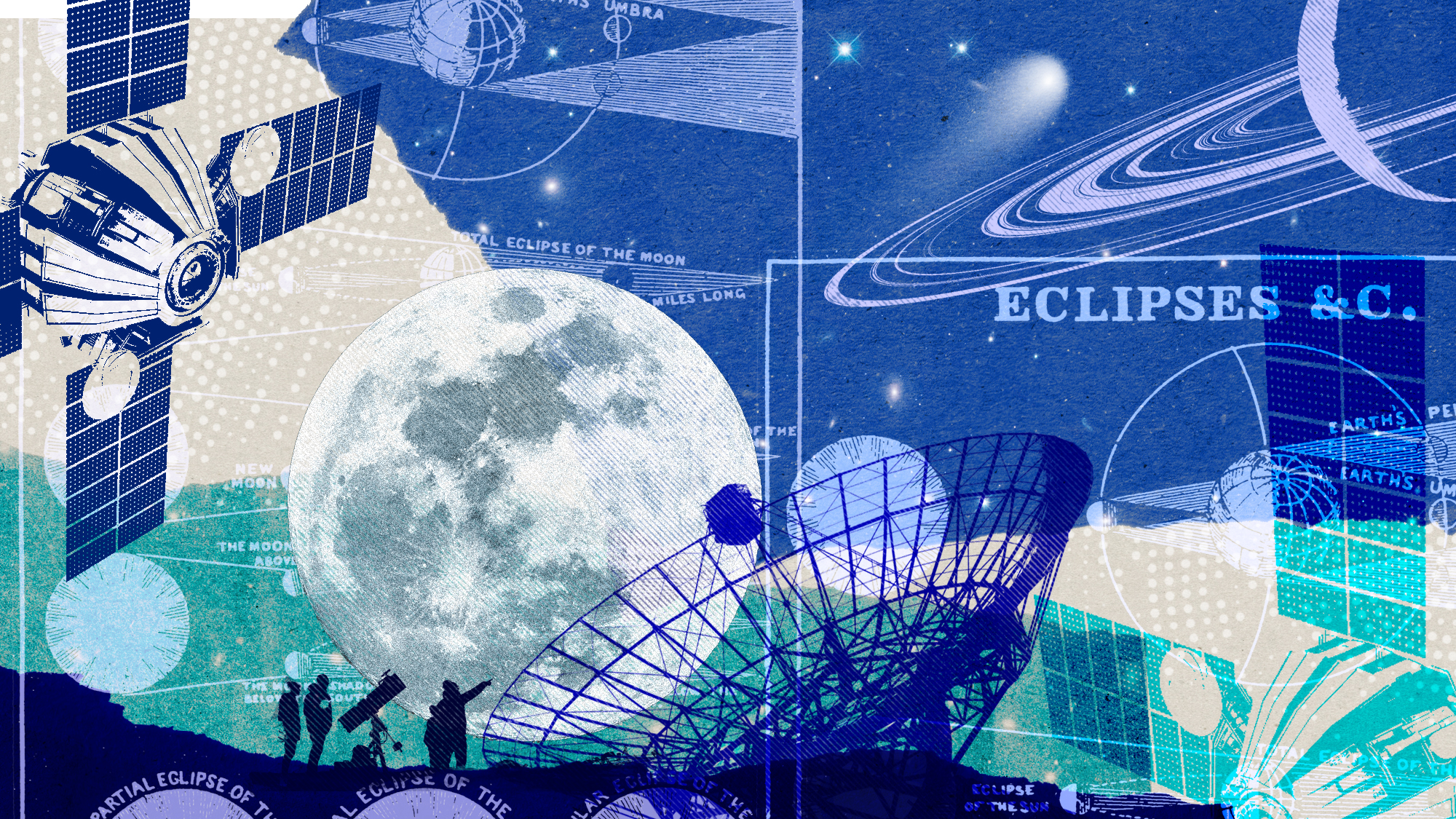Is this giant crystal ball the future of solar energy?
Form, meet function

It hasn't been easy to make solar energy competitive with traditional forms of energy. After all, solar panels can't turn all of the light that hits them into useable energy.
Currently, the best sunlight conversion rate is around 21.5 percent in commercial products, although scientists have already developed a solar cell with 44.7 percent efficiency, and some projects in the pipeline are aiming for conversion rates as high as 80 percent.
Another avenue for improvement: getting more light to hit the solar cells. One new project that caught my eye is a giant water-filled glass ball developed by German firm Rawlemon. The ball — a powerful lens — concentrates sunlight onto a collector, and operates at about 30 percent efficiency. The ball can swivel to track the sun in order to maximize the level of light hitting it. It collects up to 70 percent more solar energy than swiveling photovoltaic panels, using dual axis tracking.
The Week
Escape your echo chamber. Get the facts behind the news, plus analysis from multiple perspectives.

Sign up for The Week's Free Newsletters
From our morning news briefing to a weekly Good News Newsletter, get the best of The Week delivered directly to your inbox.
From our morning news briefing to a weekly Good News Newsletter, get the best of The Week delivered directly to your inbox.

The power to concentrate diffuse light means that these giant orbs can harness solar energy from the sun, the moon, and the gray sky of a cloudy day. But perhaps the most interesting aspect of these collectors is that they look completely and radically different than current-generation solar collection technologies.
Beauty is in the eye of the beholder, but many people think rooftop photovoltaic panels are ugly, making their installation a controversial matter for homeowners in some neighborhoods. An improvement to this may be solar tiles. Solar tiles can be manufactured to look like regular roof tiles. But solar tiles can't tilt to track the sun, and can't concentrate light without being attached to a swivel mechanism, which completely defeats the point of them being roof tiles.
So a giant futuristic orb of glass that can track the sun and concentrates light may be a great compromise between looks and efficiency for many.
In the end, whether or not this technology is a success may come down to cost and robustness. The prices of traditional solar technologies are already falling significantly, so it would need to be competitive on cost. And a giant glass ball could be very easy to break, and very dangerous if shattered into shards by, for example, mischievous teenagers throwing rocks, or hail stones.
A free daily email with the biggest news stories of the day – and the best features from TheWeek.com
But if these things can be made cheaply and shatterproof, then buildings in the future may be adorned with beautiful glass solar orbs.
Editor's note: This article has been slightly revised since it was first published to reflect the fact that solar panels can't convert all the light that hits them into useable energy.
John Aziz is the economics and business correspondent at TheWeek.com. He is also an associate editor at Pieria.co.uk. Previously his work has appeared on Business Insider, Zero Hedge, and Noahpinion.
-
 Will the mystery of MH370 be solved?
Will the mystery of MH370 be solved?Today’s Big Question New search with underwater drones could finally locate wreckage of doomed airliner
-
 The biggest astronomy stories of 2025
The biggest astronomy stories of 2025In the spotlight From moons, to comets, to pop stars in orbit
-
 Why are micro-resolutions more likely to stick?
Why are micro-resolutions more likely to stick?In the Spotlight These smaller, achievable goals could be the key to building lasting habits